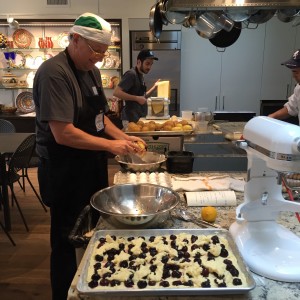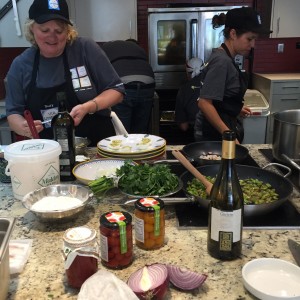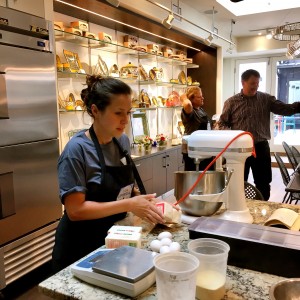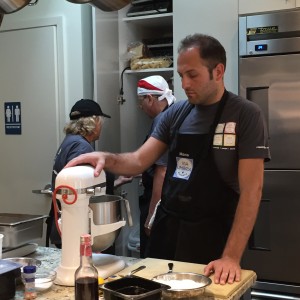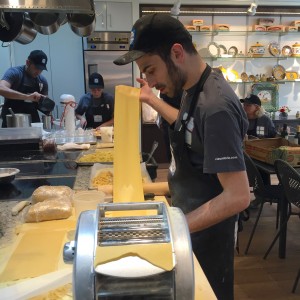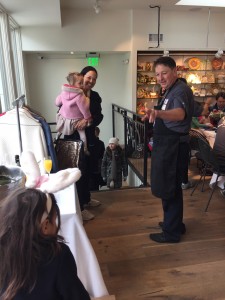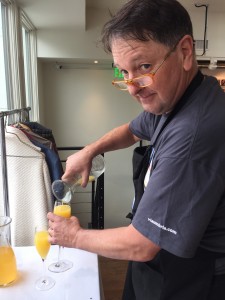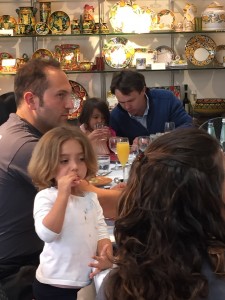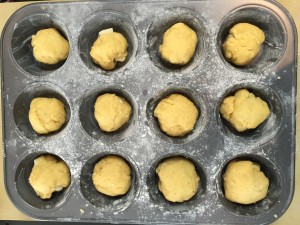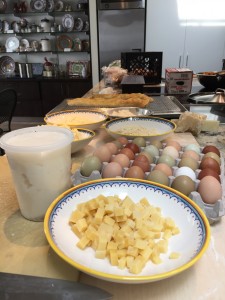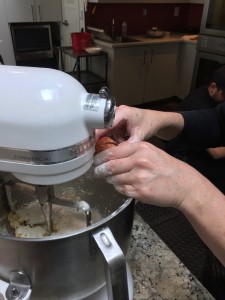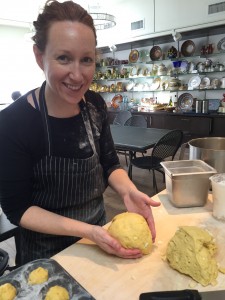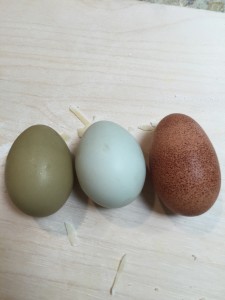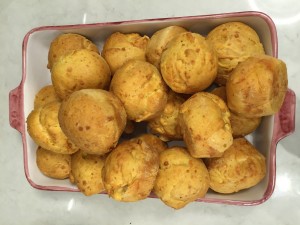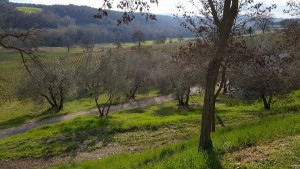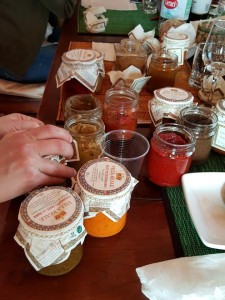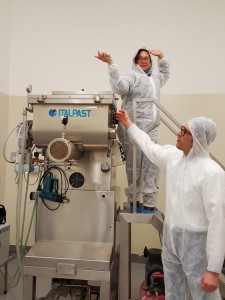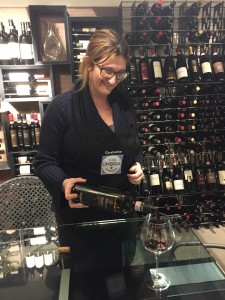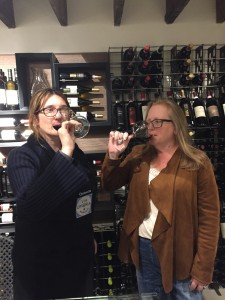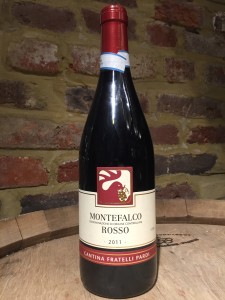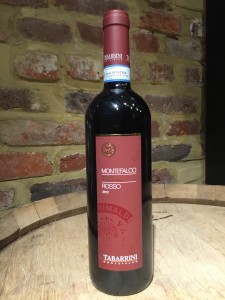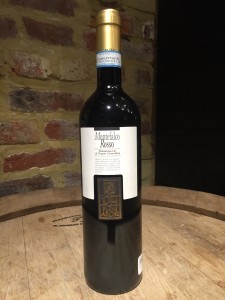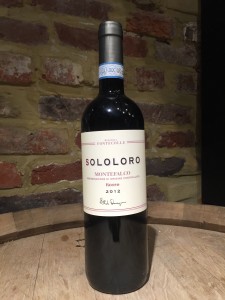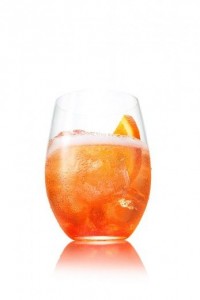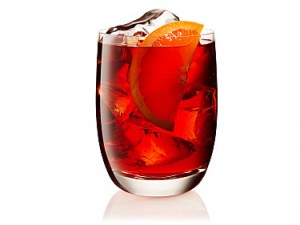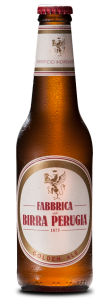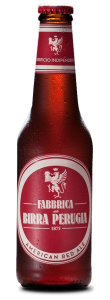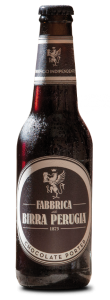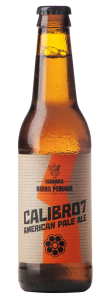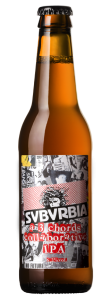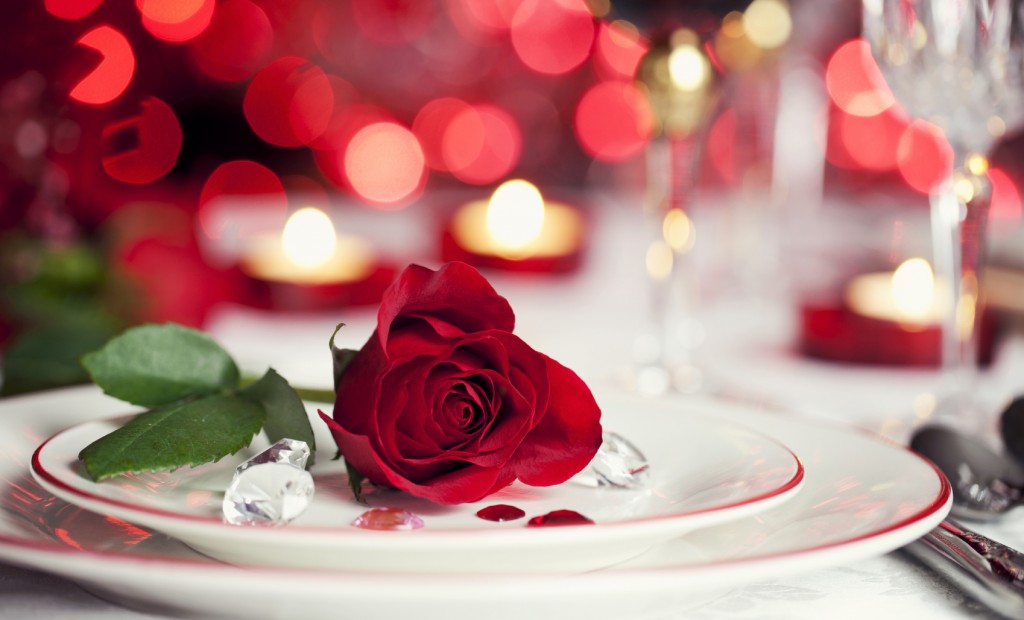Today we sat down to chat with resident Chef and Certified Sommelier Vickie Reh. In addition to her work as Wine Director at Via Umbria, Vickie is the culinary powerhouse behind our Thursday Comfort Food dinner series. We talked about her favorite way to prepare a rare heritage grain, the place of comfort food within Italian culinary tradition, and what it means to cook with restraint.
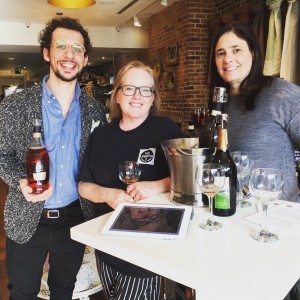
In your opinion, what is comfort food really all about? How do Italian food and comfort food intersect?
Comfort foods are the foods you dream about, the foods that warm your soul. They aren’t necessarily winter dishes. They’re dishes that evoke memories and emotions. I think that one of the basics of comfort food is that there aren’t a lot of complicated ingredients. Comfort food centers traditional combinations that make people feel happy and because you are using very few ingredients, the ingredients themselves must be perfect. That’s how Italian, and in particular, Umbrian food works.
In a way, Umbrian food is humble. Umbria is a landlocked region in Central Italy and Umbrian cuisine eschews more luxurious ingredients like lobster for grains, legumes and vegetables. You can certainly find some rich ingredients there, like gorgeous black truffles, but for the most part Umbrian cooking uses foods that can be grown or foraged in the surrounding countryside. When I travelled to Umbria, I was particularly fascinated by their use of this stunning variety of vegetables, legumes and grains.
Did anything surprise you about how they used these ingredients?
When I travelled to Umbria with Bill and Suzy, we tried grains and legumes I had never seen before. Some of the Italian chefs I later spoke to hadn’t even heard of them either. One of my favorites, which we cooked with Ernesto Panziani from Cannara, is called cicerchie. It’s sort of like a combination of a chickpea and a fava. It’s amazing but very obscure outside of Umbria. Via Umbria is working to import it through Il Molino, an organic grain producer we visited just over the border of Umbria in Lazio.
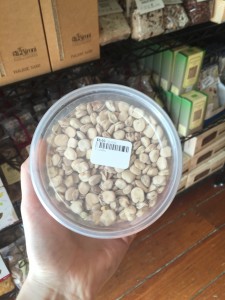
Ernesto did something very interesting with the cicerchie. Typically, cicerchie are made into soup or served cold in salads. But Ernesto cooked them until they were quite soft and then sautéed them with shallots and garlic in this beautiful olive oil. I’ve done that now five or six times at Via Umbria as a side dish for lamb. It’s so beautiful. The texture is fabulous—because the cicerchie are cooked until fairly soft, the texture when sautéed is similar to that of homemade refried beans. It’s not crunchy. It’s got just a little chew, and this whole lovely chickpea-fava flavor mingled with the shallots and garlic. It’s such a good recipe. Although I serve it as a side dish, it could easily be a great main course for a vegetarian.
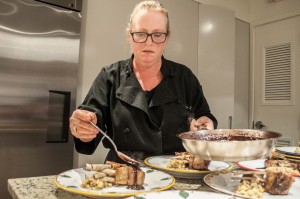
Your passion for Italian cuisine shines through in everything you do here. What makes Italian food special to you?
I love Italy and I adore Italian food. It tends to be simple and classical. Italians have adhered to their traditions and classical roots. You’ll notice that’s how Ernesto and Simone cook. And that’s exactly how I have always cooked. I always say, I’m not trying to reinvent the wheel: I’m trying to make the perfect wheel.
For example, if I’m making Spaghetti with Cacio e Pepe, I’m not going to say, “For this new twist, I’m going to use a different type of cheese in my Cacio e Pepe!” Instead, I will use exactly what is traditionally used—Pecorino Romano, Parmigiano-Reggiano, and black pepper.” I want to use as few ingredients as possible because that’s how it’s made in Rome. When you’re in Italy, you’re eating amazing food that doesn’t have 5,000 different ingredients. It tastes really good and it’s not complicated.
I think it’s actually harder to cook well with fewer ingredients. It is all about restraint. If you only have three ingredients in a dish, you have no room to hide. Each ingredient must be perfectly sourced, perfectly ripe. When I was head chef at Buck’s Fishing & Camping, I used to say, “Have the guts to buy a perfect tomato in season, add superb olive oil and the best sea salt, and call it a day.” One of my rules is to buy the best ingredients possible and get out of their way. To me, that’s what cooking is about. Letting the ingredients shine. I feel that’s very much an Italian concept.
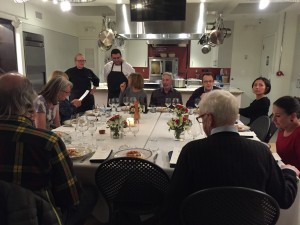
Join us for Vickie’s next Comfort Food dinner on Thursday, March 31st at 7:30 pm. Her beautiful meal will feature tagliatelle Bolognese, meatballs, raviole (a jam-filled tart), and more. We hope to see you there!



